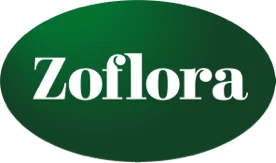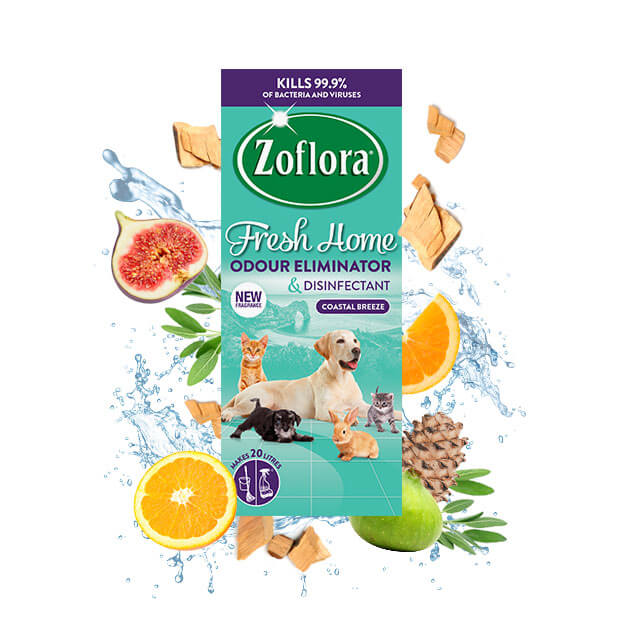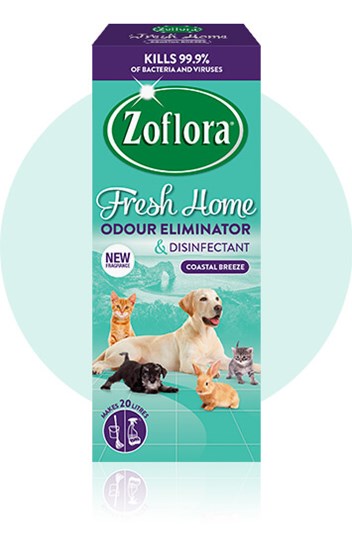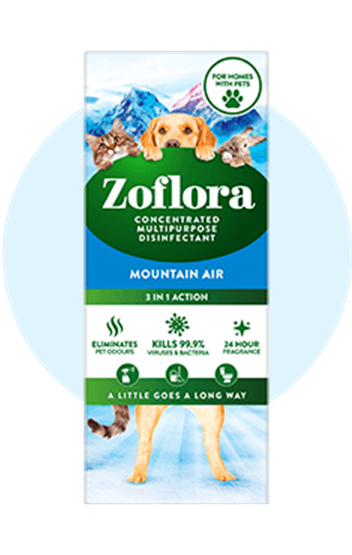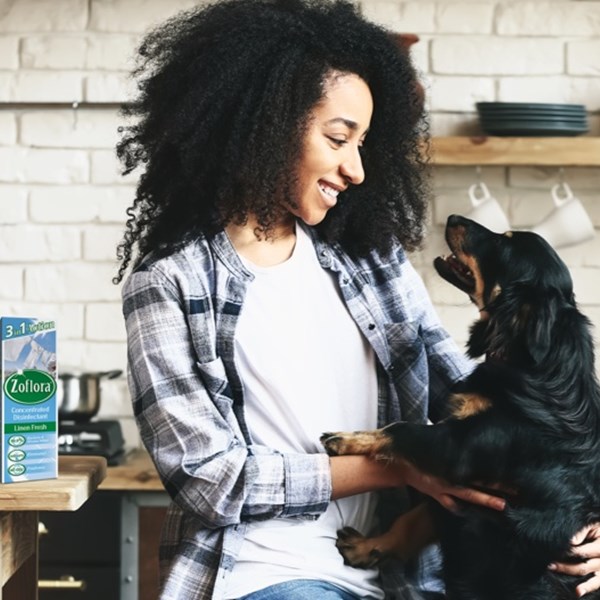A Brief Guide To Raw Food For Your Pets
When you have a pet, you want to do the best for them, and one thing that can have a huge impact on their health and wellbeing, is feeding them a great diet. We know that properly balanced nutrition is an important way of avoiding many different illnesses and giving your pet a long and happy life, but with there being so many options, how do you choose the best one?
The first thing to say is that there is not one ideal diet for all animals. They are all different and have different needs and preferences (it’s ok to feed them something they like!). So, with the huge range of food that is available, you should be able to find one that is perfect for your pet!
Things to consider are; their lifestyle, are they very active or more relaxed? What age are they? Growing animals have very different needs to adults and should always be on a specific diet. Elderly pets, large breed dogs and animals with chronic illnesses all benefit from diets formulated especially for them and the great news is, they are all out there!
If you read advice online, raw food will always come up as a seemingly popular choice and is often highly recommended by very passionate people, but is it really as good and as safe as they say?

Many animals do well and thrive on raw food but there are potential pitfalls that are important to be aware of so that you can avoid them and make an informed choice about whether it is right for your pet and your family.
Over 80 different companies in the UK produce raw pet food diets, so choosing which one to buy can be confusing.
Firstly, they should be registered with both DEFRA and the Pet Food Manufacturers Association. The latter is a voluntary organisation but members make a firm commitment to both nutritional and food safety standards.
It is vital that the company employs a full-time nutritionist who holds either a PhD in animal nutrition or is a Board Certified Veterinary Nutritionist, to ensure that all of their meals are complete and balanced. Also, a full analysis of the ingredients, including a detailed list of all the vitamins and minerals it contains should be on the food’s packaging.
If a company cannot meet these requirements, I would be cautious about offering it to my pets. If you have any questions, a good brand will always be willing to speak to you and explain more about themselves.
It is often claimed that raw diets are the ‘natural’ diet for our dogs, and that they should eat like their wild counterparts, the wolves, for maximum health. This isn’t entirely accurate and is often an area of misunderstanding.
Dogs are not descended from the wolves we know today. They share a common ancestor but are not directly related. Dogs have been domesticated for tens of thousands of years, and over this time, have developed a very different digestion to wolves. Mainly, they have a much better ability to process grains and carbohydrates, because this is what they would have had access to on early human settlements. In fact, they are, and always have been scavengers, and recent studies have shown that a large part of free-ranging dogs’ diets come from rubbish dumps and middens! Which, yes, means ‘human waste’💩, and I can’t see that appearing in the food aisles any time soon!

Also, domesticated dogs do not hunt in packs like wolves, so the whole ‘prey’ principle doesn’t really hold up.
This doesn’t mean raw diets aren’t good diets, just that many of the reasons given for their use are not entirely correct.
One of the main things to be aware of if you choose to feed a raw diet is the bacteria that live on these foods and the importance of great hygiene. PFMA member companies batch test for Salmonella and discard any meals that come up as positive, another reason to use this as a benchmark for quality. Salmonella can be extremely dangerous and cause significant illness in humans.
However, there will still be bacteria on raw meat pet food, just like there is on raw meat we buy for ourselves, so you need to be careful, especially if you have vulnerable people in your family, like the elderly, children or someone with a chronic disease.
It is important to realise that while most raw foods are frozen before use, this does not kill bacteria, although it is effective against parasites. You should defrost the meals in the fridge, not the kitchen side, to both prevent bacterial spread and limit their number as they are able to multiply much easier at room temperature.
Correctly diluted Zoflora Fresh Home is an effective disinfectant against 99.9% of bacteria, including the ones commonly found on raw pet foods like Salmonella, E.coli and Listeria and it would be wise to mop down the area where you feed your pet every time they eat and clean any surfaces where you have prepared their meals.
Zoflora shouldn’t be used on their food bowls but these should be thoroughly washed in warm soapy water and disinfected before going through the dishwasher. Also, remember to wash your hands very carefully.
The bacteria from raw meals are also likely to hang around on your dog’s muzzle and tongue and are shed in their faeces. So make sure you take the same precautions you would with any pet and don’t allow them to lick your face, as well as washing your hands after stroking them or playing with them and taking care to not touch their poo when you clean up after them!
If you choose to raw feed your pets, the key is to use an established company with an excellent safety and nutritional record and to consistently practice great household hygiene with a reputable, pet safe product such as Zoflora Multi-purpose concentrated disinfectant. You should also be aware that while many pets stay healthy and happy on raw diets, there has never been any advantage shown over good quality kibble-based foods.
So, if the potential risks make you uncomfortable, you are not doing your pet any disservice by not choosing it for their dinner!
Sources
These recommendations are based on the World Small Animal Veterinary Society’s Global Nutrition Committee’s ‘Recommendations on Selecting Pet Foods’ -
https://wsava.org/wp-content/uploads/2020/01/Selecting-the-Best-Food-for-your-Pet.pdf
Anthropogenic Food Subsidy to a Commensal Carnivore: The Value and Supply of Human Faeces in the Diet of Free-Ranging Dogs
https://www.mdpi.com/2076-2615/8/5/67/htm
Raw diets for dogs and cats: a review, with particular reference to microbiological hazards
https://www.ncbi.nlm.nih.gov/pmc/articles/PMC6849757/
Presence of pathogenic bacteria in faeces from dogs fed raw meat-based diets or dry kibble
https://veterinaryrecord.bmj.com/content/early/2020/02/13/vr.105644
